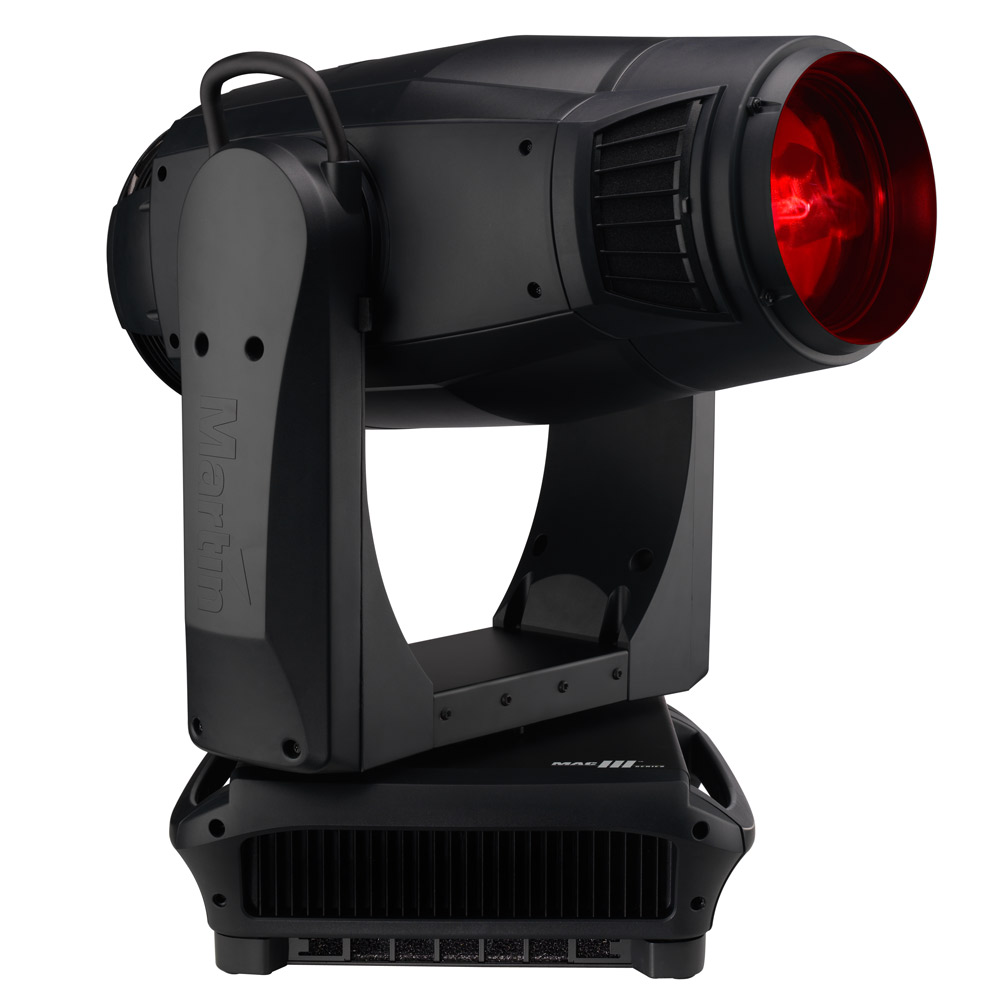

Lijun Gao, Liuyang Li, Yunqiu Li, Min Li, Cong Li, Jing Cui, Haoran Yang, Liming Zhou, Shaoming Fang.This article is cited by 17 publications. Such relaxor-ferroelectric-like behavior has not been observed for nonirradiated PVDF homopolymer our findings thus may enable in the future alternative applications for this bulk commodity plastic, e.g., for the production of electrocaloric devices for solid-state refrigeration which benefit from a relaxor-ferroelectric-like response. These ferroelectric nanodomains may result from an anisotropic chain conformation and a preferred orientation of local dipoles due to selective H-bond formation between the PVDF macromolecues and the AAO walls. As such, we propose that, in nanotubular PVDF, ferroelectric-like nanodomains are formed in the amorphous phase regions adjacent to the AAO interface. In line with this, we observe that the real part of the dielectric permittivity of the PVDF nanotubes exhibits a broad maximum when plotted against the temperature, which is, again, a typical feature of relaxor ferroelectrics. Strikingly, both the bulk-like and the interfacial relaxation tend to become temperature independent as the temperature increases, a behavior that has been observed before in inorganic relaxor ferroelectrics. Dielectric spectroscopy measurements evidence a bimodal relaxation process for PVDF nanotubes: besides the bulk-like α-relaxation, we detect a notably slower relaxation that is associated with the PVDF regions of restricted dynamics at the interface with the AAO pore. We use PVDF nanotubes that were solidified in anodic aluminum oxide (AAO) templates. Herein, we elucidate the impact of tubular confinement on the structure and relaxation behavior of poly(vinylidene difluoride) (PVDF) and how these affect the para-/ferroelectric behavior of this polymer.


 0 kommentar(er)
0 kommentar(er)
